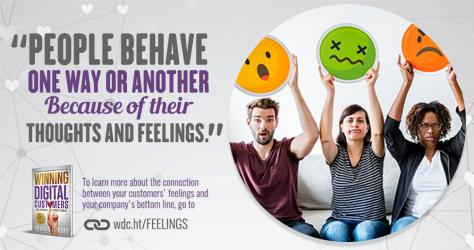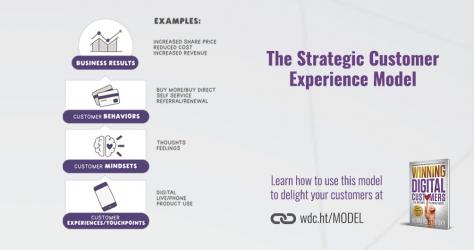While all businesses have customers, that does not mean that the customers are at the center of the business. A customer-centric process means the that the whole strategy of the business orbits around the customer. Even though every company has products or services that are distributed along one or more channels to one or more types of customers, when customers’ needs or buying patterns shift, and the business has to make a move, the business's true center becomes clearer.
- When things need to change for a product-centric company, other dimensions change, but the product itself stays the same. For example, despite there no longer being a mass market for film, Kodak continues to sell it.
- Another type, a distribution-centric company, would continue to center around a specific distribution method even if it had to pivot to regain the interest of customers. A catalog company facing lagging sales would need to change on the customer and/or product dimensions to make the catalog part work, because it is a “catalog” company.
- That means that a company that is customer-focused centers on what the customer needs and how they can deliver their core value proposition to their target customer. In radically changing their products and distribution methods over time to satisfy their customers, Apple has clearly demonstrated that the other two dimensions of their business change as needed to keep the customer in the center.
From marketing gimmicks to technological upgrades, there are an infinite range of ways one could invest in improving the customer’s experience, so it's vital to figure out which ways of investing in customer experience will drive the greatest bottom line results. So decide, it's helpful to take a strategic approach and see that there are various levers that increase revenue (e.g. new customer acquisition and decrease cost (e.g. more cost-effective manufacturing), and when they are pulled, it results in increased profit. And there is one key factor that cuts across most of these cost and revenue levers: customer behavior.
Further, people behave one way or another because of their thoughts and feelings, which are in turn informed by their experiences. People's experience with a brand consists of touch points. Through their interactions with those touch points, they have experiences, and this is the root of the opportunity to delight customers and get them to pull favorable business levers. So, when we talk about creating a “user experience” or a “customer experience,” we are generally talking about creating the touch points, the interaction with which will result in the user having an “experience.”


